| 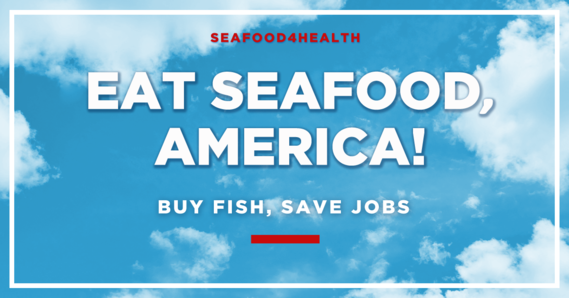 The U.S. seafood industry is a powerful economic driver. Nationally, it supported 1.2 million jobs and added $69.2 billion to the gross domestic product in 2017. Commercial harvesting, farming, processing, and retail are also major assets for local and regional economies. You can invest in jobs and the economy by eating more seafood. Watch these short videos to learn why seafood matters in your region, then go out and #EatSeafoodAmerica!
If you've never shucked an oyster (or need a refresher), our friends at the Rappahannock Oyster Bar in Washington, D.C., are here to help! Watch this quick demo and check out these great oyster recipes on FishWatch. |
|
Highlights Join us this week as we celebrate World Fish Migration Day. Learn more about how NOAA helps migratory fish and local communities by opening or improving access to river and stream habitat. |
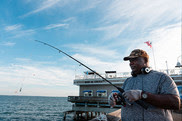 The Marine Recreational Information Program maintains an online database of more than 3,800 marinas, boat ramps, and beaches along the Atlantic and Gulf coasts. A new infographic explains how this Public Fishing Access Site Register supports the program’s shoreside survey of recreational anglers, and how anglers can help keep the register up-to-date. |
 The Manager’s Guide to Coral Reef Restoration Planning and Design supports the needs of reef managers seeking to begin restoration or assess their current restoration program. Based on global best practices—and tested with managers from Hawaii, Guam, American Samoa, and the Commonwealth of the Northern Marianas Islands—the guide was developed for reef managers and practitioners, and anyone who plans, implements, and monitors restoration activities. |
|
|
Alaska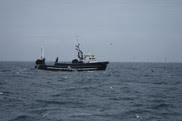 Sea surface temperatures in the Central Gulf of Alaska have remained in heatwave conditions sinceSeptember 13. Overall the temperature has oscillated in and out of heatwave conditions throughout the late spring and summer and now into fall. |
 In summer 2019, a team of NOAA Fisheries scientists from the Alaska Fisheries Science Center headed to Bogoslof, a remote island in Alaska’s Aleutian Islands chain. Bogoslof is an active volcano that erupted 52 times over the span of 9 months. It is also the site of a growing population of northern fur seals. |
|
|
Pacific Islands NOAA Fisheries is seeking public comments on our main Hawaiian Islands insular false killer whale Draft Recovery Plan and Draft Recovery Implementation Strategy, as well as information to support a 5-year review under the Endangered Species Act. We are accepting public comments until December 15, 2020. |
|
|
Southeast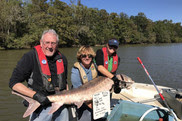 Atlantic sturgeon were once abundant in rivers and coastal waters along the East Coast, but their population has declined greatly due to fishing and habitat loss. But recent tracking of sturgeon in the Pee Dee River is signaling an improvement in the health of the population. |
|
|
Greater Atlantic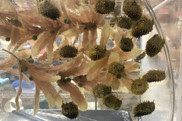 In August the Gloria Michelle set off for waters just south of Martha’s Vineyard. In addition to the usual gear, they carried eight coolers packed with striped burrfish for release to their natural habitat. |
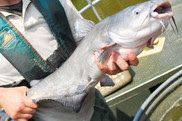 Situations that are truly win-win are few and far between. But, resource managers and foodies alike agree: eating blue catfish from the Chesapeake Bay is tasty and nutritious一and it is good for the ecosystem. |
|
|
|
|

No comments:
Post a Comment